 Late winter and early spring are regarded as the best time of year to provide food for wild birds, because their natural seed sources are depleted.
Late winter and early spring are regarded as the best time of year to provide food for wild birds, because their natural seed sources are depleted.
As you think about feeding your feathered friends, make sure your stores of birdseed are free from pest damage – particularly from moths.
Moths such as Indian meal moths use birdseed as an incubator and food source for their young.
The life cycle of a birdseed moth can take seven weeks from egg to adult. Adult female moths can lay hundreds of microscopic eggs on the birdseed.
Within 2 to 14 days, these eggs hatch into larvae. The moth larvae feed on the birdseed and grains, surviving in this stage for at least two weeks (longer if temperatures are cooler).
Mature larvae spin web-like cocoons around themselves to enter the pupa stage, then hatch into adult moths within a month’s time.
Adult moths invade the kitchen, pantry, basement or garage – and mate, so the life cycle begins all over again.
 Take these steps to protect your birdseed and pantry from pesky moths:
Take these steps to protect your birdseed and pantry from pesky moths:
- Vacuum the area thoroughly to eliminate any grains or seed that have spilled out of packaging.
- Use plastic or glass containers with a good seal in which to store your birdseed.
- Set RESCUE! Pantry & Birdseed Moth Traps. The durable plastic trap can be placed next to your stored birdseed, and it also comes with a twist-tie so it can be hung above the container.
Find a retailer near you that carries the RESCUE! Pantry & Birdseed Moth Traps.


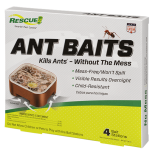 Ant Baits
Ant Baits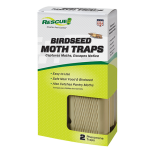 Birdseed Moth Trap
Birdseed Moth Trap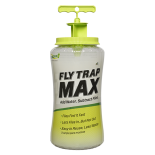 Fly Trap Max
Fly Trap Max Fly Trap, Big Bag
Fly Trap, Big Bag 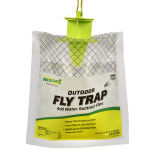 Fly Trap, Disposable
Fly Trap, Disposable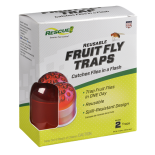 Fly Trap, Fruit Fly
Fly Trap, Fruit Fly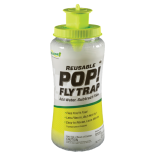 Fly Trap, POP! Fly
Fly Trap, POP! Fly 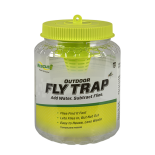 Fly Trap, Reusable
Fly Trap, Reusable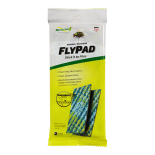 FlyPad
FlyPad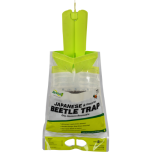 Japanese & Oriental Beetle Trap
Japanese & Oriental Beetle Trap Spider Trap
Spider Trap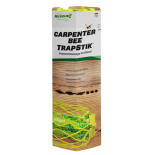 TrapStik, Carpenter Bee
TrapStik, Carpenter Bee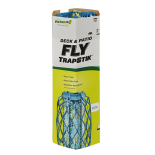 TrapStik, Deck & Patio Fly
TrapStik, Deck & Patio Fly 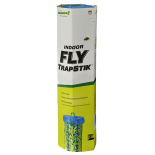 TrapStik, Indoor Fly
TrapStik, Indoor Fly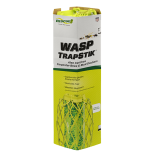 TrapStik, Wasp
TrapStik, Wasp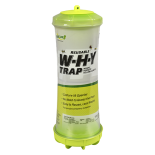 W·H·Y Trap for Wasps, Hornets & Yellowjackets
W·H·Y Trap for Wasps, Hornets & Yellowjackets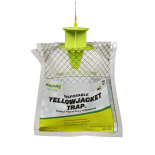 Yellowjacket Trap, Disposable
Yellowjacket Trap, Disposable 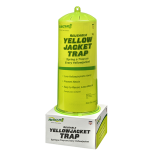 Yellowjacket Trap, Reusable
Yellowjacket Trap, Reusable 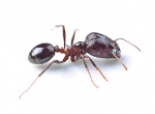 Ants
Ants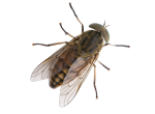 Biting Flies
Biting Flies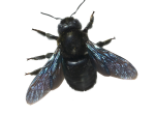 Carpenter Bees
Carpenter Bees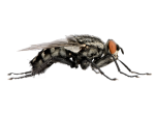 Flies
Flies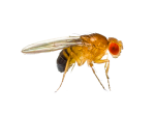 Fruit Flies
Fruit Flies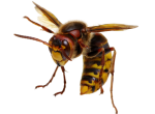 Hornets
Hornets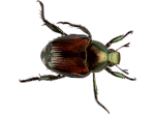 Japanese Beetles
Japanese Beetles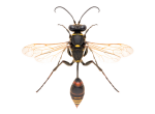 Mud Daubers
Mud Daubers Oriental Beetles
Oriental Beetles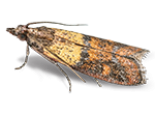 Birdseed & Pantry Moths
Birdseed & Pantry Moths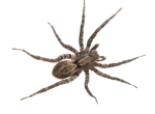 Spiders
Spiders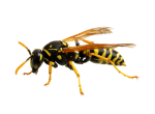 Wasps
Wasps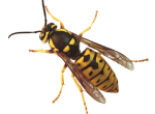 Yellowjackets
Yellowjackets